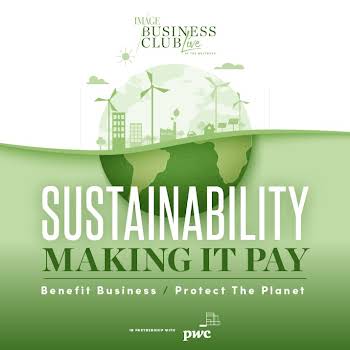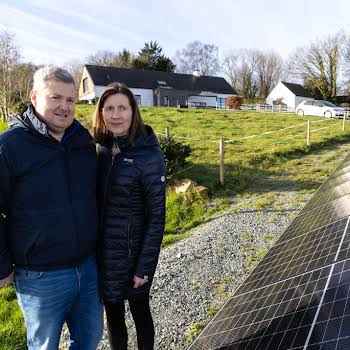24-year-old launches project to clean 50,000 tonnes of plastic from Pacific Ocean
By Grace McGettigan
10th Sep 2018
10th Sep 2018
Plastic pollution is one of the biggest environmental issues of our time, with up to 2.41 metric tonnes of plastic entering the ocean every year. The Pacific Ocean is the worst place for plastic accumulation.
Due to the nature of currents and tides, an enormous build-up of plastic has accumulated between the Californian and Hawaiian coasts.
Related: Eight ways to break up with plastic
Nicknamed the “Great Pacific Garbage Patch”, it has an estimated surface area of 1.6 million square kilometres; three times the size of France. It’s believed to contain more than 1.8 trillion pieces of plastic, weighing approximately 80,000 tonnes and posing a significant threat to marine life. Not only can fish get tangled in plastic waste, they’re also inadvertently consuming it as food. The combination of waves and heat from the sun breaks large pieces of plastic into microplastics; when eaten by marine life, it can cause digestive issues or even death.
In an effort to combat this and clean up the world’s oceans, a 24-year-old Dutchman designed a device to collect and remove waste from the water. Boyan Slat raised more than $30 million over five years for the project. He founded Ocean Cleanup, a nonprofit organisation through which he employs 65 engineers and scientists. Together, they have developed a 2,000-foot long machine called System 001.
View this post on Instagram
What does System 001 do?
The device is the result of 273 models and six different prototypes. It is essentially a long, C-shaped tube with a three-metre deep impenetrable skirt. It sweeps slowly through the water, scooping up all of the plastic (of 1cm or more) in its wake.
On Saturday, System 001 was towed off the coast of San Francisco by a ship called the Maersk Launcher. Developers hope it will collect 50 tonnes of plastic in its first year, or ideally, five tonnes per month. All going well, they say it can remove 50% of the Great Pacific Garbage Patch by 2023.
It is fitted with lights and sensors to avoid collisions with ships, and it is powered by solar energy. What’s more, cameras and satellites allow developers to operate it from a distance.
View this post on Instagram
Peer criticism
Some scientists and environmentalists are sceptical of the project. One area of concern is its impact on wildlife. Miriam Goldstein, director of ocean policy at the Centre for American Progress, has spoken out against the project for this reason.
In an interview with National Geographic, she said System 001 is likely to mimic a fish aggregating device (or FAD), often used by fishermen to draw fish to a central area where they can be easily caught. “Any time you have a floating object in the ocean of any reasonable size, fish like to congregate under it,” she says. “It’s definitely going to become a FAD. It’s not inherently bad for fish to gather, but it’s also not known what effect that will have.”
Other scientists note how the device doesn’t tackle the issue of microplastics. It only collects pieces of plastic that are at least a centimetre in size. This leaves thousands of smaller pieces in the water for fish (and other marine life) to accidentally consume. Lastly, environmentalists say it’s more important to treat the root cause of the problem. A spokesperson for Greenpeace told the Guardian, “Exploring new ideas and technologies to clean up ocean pollution is laudable and [the project] may even succeed in removing at least some of the waste. But prevention is far better than cure, and in order to tackle the pollution crisis corporations must stop producing so much plastic.”
Going forward
While some scientists have reservations about the project, The Ocean Cleanup team can’t be faulted for their efforts. If System 001 manages to remove even some of the pollution from the Pacific Ocean, it will be a success. Combine that with global efforts to reduce plastic production and consumption, and the health of our oceans looks set to improve.
Photo: The Ocean Cleanup
September is sustainability month at IMAGE. To learn more about our environmental efforts, click here.

























